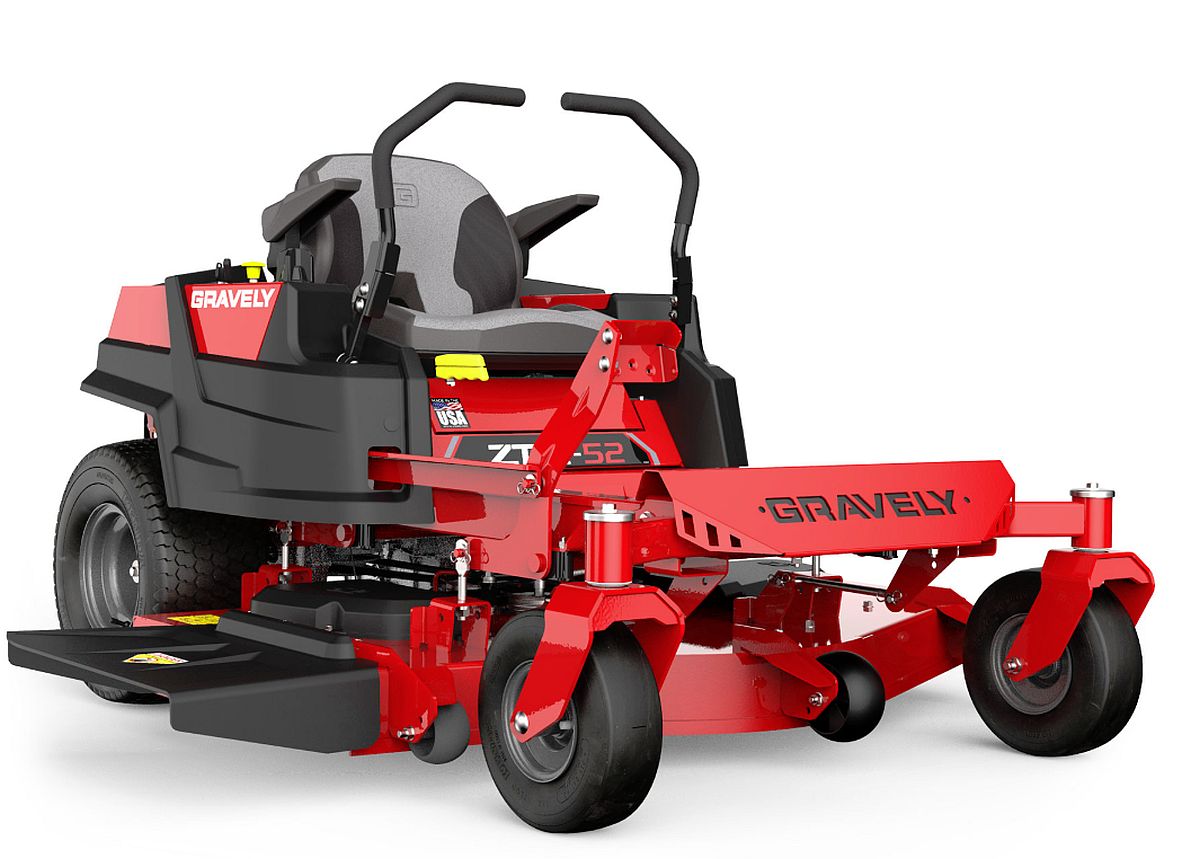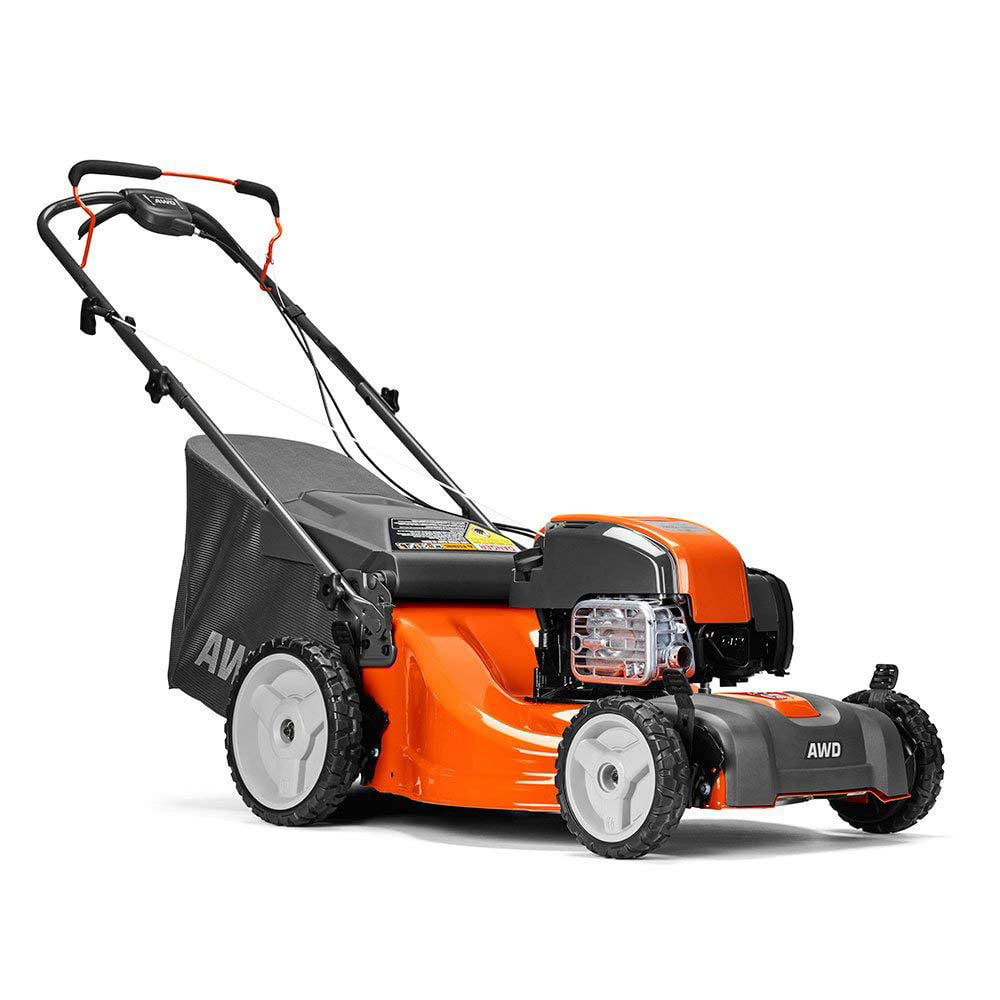A lawn mower is a machine used to cut grass, typically powered by an electric motor or a gasoline engine. They come in a variety of shapes and sizes, from small, hand-pushed models to large, riding mowers.
The first lawn mower was invented in 1830 by Edwin Budding, an English engineer. Budding’s mower was a large, horse-drawn machine that was used to cut the grass on cricket grounds. Over the years, lawn mowers have evolved significantly, becoming smaller, lighter, and more efficient.
Today, lawn mowers are an essential tool for homeowners and businesses alike. They are used to keep lawns looking neat and tidy, and can also help to improve the health of the grass by removing thatch and debris.
World Lawn Mower
Lawn mowers are an essential tool for maintaining healthy and aesthetically pleasing lawns. They come in various forms, from manual to self-propelled, and encompass a wide range of features and capabilities. To delve deeper into the world of lawn mowers, let’s explore seven key aspects:
- History: Tracing the evolution of lawn mowers from their humble beginnings to modern marvels
- Types: Manual, electric, battery-powered, gasoline, and robotic lawn mowers
- Features: Cutting width, deck size, mulching capabilities, and adjustable heights
- Maintenance: Proper care and maintenance to ensure optimal performance and longevity
- Safety: Essential safety precautions and guidelines for operating lawn mowers
- Environmental Impact: Exploring eco-friendly options and sustainable practices
- Future Innovations: Technological advancements and emerging trends in lawn mower design and functionality
These aspects provide a comprehensive understanding of the world of lawn mowers. By understanding their history, types, features, maintenance requirements, safety measures, environmental impact, and future innovations, we gain a deeper appreciation for these indispensable tools in lawn care.
History
Understanding the history of lawn mowers is essential for appreciating the World Lawn Mower. It provides insights into the technological advancements and innovations that have shaped these indispensable tools. By tracing their evolution from rudimentary hand-pushed models to sophisticated robotic mowers, we gain a deeper understanding of their impact on lawn care practices and the evolution of landscaping.
The history of lawn mowers serves as a testament to human ingenuity and the continuous pursuit of efficiency and convenience. Early mowers were laborious to operate, requiring significant manual effort. However, with the advent of gasoline-powered models in the early 20th century, lawn mowing became less strenuous and more accessible. The introduction of electric and battery-powered mowers further expanded options for eco-conscious and noise-sensitive users.
Exploring the history of lawn mowers also highlights the increasing emphasis on safety and ergonomic design. Modern mowers incorporate features such as safety switches, adjustable handles, and vibration-dampening systems, enhancing user comfort and reducing the risk of accidents. The development of robotic lawn mowers represents the cutting edge of innovation, offering autonomous operation and precise cutting capabilities.
Types
The diverse range of lawn mower types available reflects the varying needs and preferences of users worldwide. Manual lawn mowers, powered solely by human effort, offer a cost-effective and eco-friendly option for small lawns. Electric lawn mowers, powered by an electric motor, provide a quieter and more environmentally friendly alternative to gasoline-powered models. Battery-powered lawn mowers combine the advantages of electric mowers with the cordless convenience of battery operation, making them ideal for medium-sized lawns.
Gasoline-powered lawn mowers remain popular for larger lawns, offering a combination of power and efficiency. Robotic lawn mowers represent the cutting edge of lawn care technology, providing autonomous operation and precise cutting capabilities. They are ideal for users who value convenience and time-saving solutions.
Understanding the different types of lawn mowers empowers users to select the most suitable model for their specific needs and lawn size. Each type offers unique advantages and considerations, influencing the overall experience and effectiveness of lawn maintenance.
Features
The features of a lawn mower, including cutting width, deck size, mulching capabilities, and adjustable heights, are crucial factors that impact the efficiency, effectiveness, and overall performance of the machine. Cutting width determines the area covered with each pass, affecting the time and effort required to mow the lawn. Deck size influences the mower’s maneuverability and ability to handle different types of terrain and obstacles.
Mulching capabilities allow the mower to finely chop grass clippings and distribute them back into the lawn, providing nutrients and reducing the need for chemical fertilizers. Adjustable heights enable the user to customize the cutting height according to the desired lawn length and grass type. These features collectively contribute to a well-maintained, healthy lawn and enhance the overall mowing experience.
Understanding the significance of these features empowers users to make informed decisions when selecting a lawn mower that aligns with their specific lawn care needs and preferences. By considering the cutting width, deck size, mulching capabilities, and adjustable heights, users can optimize their mowing routine, achieving a manicured lawn with minimal effort and time.
Maintenance
Proper maintenance is crucial for the longevity and optimal performance of a lawn mower, contributing to a well-maintained “World Lawn Mower”. Regular cleaning, lubrication, and tune-ups extend the mower’s lifespan, reducing the likelihood of breakdowns and ensuring consistent cutting results. Neglecting maintenance can lead to premature wear and tear, affecting the mower’s efficiency and effectiveness.
Simple yet effective maintenance practices, such as cleaning the deck and undercarriage after each use, prevent grass buildup and corrosion. Regular blade sharpening ensures a clean cut, promoting healthy lawn growth and preventing tearing or shredding of grass blades. Checking and replacing air filters and spark plugs as needed optimizes engine performance and fuel efficiency.
Understanding the significance of maintenance empowers users to take proactive measures in caring for their lawn mowers, ensuring years of reliable operation and a manicured lawn. By adhering to recommended maintenance schedules and addressing potential issues promptly, users contribute to a sustainable “World Lawn Mower”, reducing the environmental impact of premature disposal and promoting the longevity of these essential tools.
Safety
Safety is paramount in the “World Lawn Mower”, influencing responsible operation and contributing to a positive user experience. Adhering to essential safety precautions and guidelines is crucial for mitigating potential risks associated with lawn mower usage, promoting a safe and enjoyable environment.
Understanding safety precautions, such as wearing appropriate clothing, eye and hearing protection, and using the mower on a stable, level surface, minimizes the likelihood of accidents. Regular maintenance, including checking the mower’s condition before each use, identifying and addressing any damage or loose components, ensures optimal performance and reduces the risk of breakdowns. Careful operation, being mindful of surroundings and potential hazards, is essential for preventing injuries to the user or bystanders.
By prioritizing safety and following recommended guidelines, users contribute to a responsible and sustainable “World Lawn Mower”. This understanding empowers them to operate lawn mowers confidently, safeguarding their well-being and the longevity of their equipment. Creating a culture of safety awareness ultimately leads to a reduced incidence of accidents, promoting a positive and rewarding lawn care experience for all.
Environmental Impact
The “World Lawn Mower” emphasizes the importance of eco-friendly options and sustainable practices to minimize the environmental impact of lawn care.
-
Electric and Battery-Powered Mowers:
These mowers eliminate greenhouse gas emissions and reduce noise pollution compared to gasoline-powered models.
-
Mulching Mowers:
Mulching mowers finely chop grass clippings and return them to the lawn, reducing waste and providing nutrients to the soil.
-
Solar-Powered Mowers:
Solar-powered mowers harness the sun’s energy to operate, eliminating the need for fossil fuels and reducing operating costs.
-
Responsible Mowing Practices:
Mowing at the correct height, avoiding over-fertilization, and choosing native plant species contribute to a healthier lawn and reduced environmental impact.
By adopting these eco-friendly options and sustainable practices, users can contribute to a responsible and environmentally conscious “World Lawn Mower”. These measures not only preserve the planet but also enhance the health and vitality of lawns.
Future Innovations
Technological advancements and emerging trends shape the future of lawn mowers, redefining the “World Lawn Mower” in terms of efficiency, convenience, and sustainability.
-
Autonomous Mowing:
Robotic lawn mowers utilize advanced sensors and navigation systems for autonomous operation, freeing users from manual labor and ensuring a consistently manicured lawn.
-
Precision Cutting:
Laser-guided and GPS-enabled mowers provide unparalleled precision, delivering a uniform cut and minimizing the risk of scalping or uneven surfaces.
-
Electric and Hybrid Power:
Battery-powered and hybrid lawn mowers offer eco-friendly alternatives to gasoline-powered models, reducing noise and emissions.
-
Smart Connectivity:
Smartphone apps and Wi-Fi connectivity allow remote control and monitoring of lawn mowers, enhancing convenience and enabling customized mowing schedules.
These innovations are transforming the “World Lawn Mower” into a more sustainable, efficient, and user-centric tool. By embracing these advancements, users can enjoy a healthier lawn with minimal effort and environmental impact, contributing to a more sustainable future.
Essential Tips for Lawn Care Professionals
Maintaining a healthy, pristine lawn requires professional expertise and adherence to specific guidelines. Here are a few essential tips to elevate your lawn care practices:
Tip 1: Regular Mowing and Proper Height
Mow your lawn regularly to promote healthy growth and prevent disease. Adjust the mowing height according to the grass type and season to encourage a thick, lush lawn.
Tip 2: Proper Watering Techniques
Water your lawn deeply and less frequently to encourage deep root growth. Avoid overwatering, as it can lead to shallow roots and increased susceptibility to drought and heat stress.
Tip 3: Fertilization and Soil Health
Fertilize your lawn regularly to provide essential nutrients for healthy growth. Conduct soil tests to determine the specific nutrient needs of your lawn and choose fertilizers accordingly.
Tip 4: Weed and Pest Control
Control weeds promptly to prevent them from competing with your lawn for water and nutrients. Use selective herbicides to target specific weeds without harming the grass. Implement effective pest management strategies to minimize damage caused by insects and other pests.
Tip 5: Aeration and Dethatching
Aerate your lawn regularly to alleviate soil compaction and promote healthy root growth. Dethatching removes excessive thatch buildup, allowing water and nutrients to reach the soil more effectively.
Tip 6: Overseeding and Renovation
Overseed your lawn annually to thicken the turf and improve its appearance. Renovating your lawn involves removing the existing turf and re-establishing it with new grass, which can address severe damage or improve the overall health of the lawn.
Tip 7: Proper Equipment Maintenance
Maintain your lawn care equipment regularly to ensure optimal performance. Sharpen mower blades, clean and store equipment properly, and follow manufacturer’s guidelines for maintenance and repairs.
Tip 8: Education and Professional Development
Stay updated on the latest lawn care techniques and best practices by attending industry events, reading professional publications, and consulting with experts. Continuous education ensures that you provide the highest quality lawn care services to your clients.
By following these tips, lawn care professionals can maintain healthy, visually appealing lawns that meet the needs of their clients and contribute to the overall beauty and well-being of the community.
Conclusion
The exploration of the “World Lawn Mower” has provided a comprehensive overview of the diverse range of mowers available, their features, maintenance requirements, and environmental impact. Understanding the history, types, and advancements in lawn mower technology empowers users to make informed decisions when selecting and caring for their equipment.
As we move towards a more sustainable future, adopting eco-friendly options and embracing technological innovations in lawn care practices will contribute to the preservation of our environment and the health of our lawns. By adhering to proper maintenance guidelines and utilizing the latest advancements, lawn care professionals can deliver exceptional services, ensuring the beauty and well-being of our outdoor spaces.


